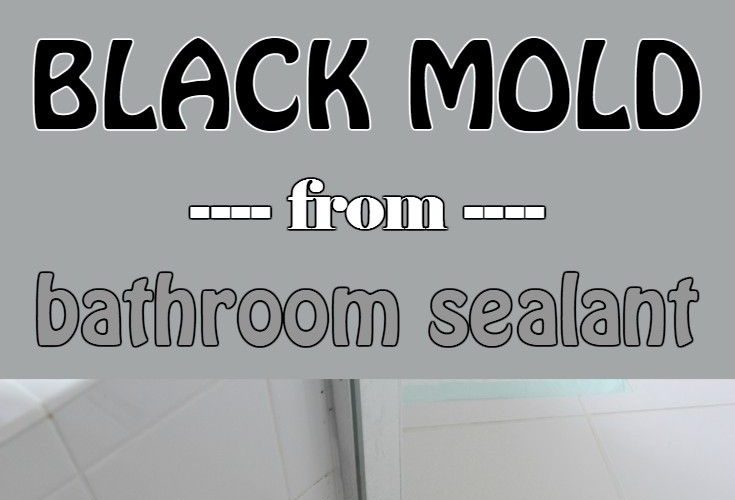Whether you have sprayed your house diligently with pesticides, purchased a complicated alarm system for burglars, or chased the neigbor’s cat away from your backdoor a thousand times, you may still have an unwanted intruder living in your house.
Mold is a living organism called a fungus. It enters a home in the form of spores, tiny microscopic particles that attach to moist surfaces and begin growing and reproducing. While most molds are generally harmless, the spores of some mold can aggravate preexisting health conditions such as asthma or allergy, and some molds, like black mold, pose serious health risks to anyone exposed to the spores. As soon as mold is spotted (look for tiny black or white spots on walls and ceilings) or smelled (recognized by its distinct, musty odor), homeowners should immediately clean the room and prevent new mold from forming.
Prevention:
As with most health risks, prevention is the best method for eliminating mold growth in a home. Mold thrives in cool, damp environments. Be sure to stop all household leaks as soon as possible. Keep warm, dry air flowing in all rooms of your house. Most newer houses have exhaust fans installed in bathrooms, but it may be necessary for you to install these fans in utility rooms or kitchens if these rooms accumulate a lot of moisture. Do not ignore wet carpets, couches, or window treatments and vaccuum carpets often to dispose of mold spores.
Size:
If you discover mold growing on a surface in your home, first estimate the size of the infestation. Any moldy surface that is larger than a single ten-foot wall is best dealt with by licensed professionals. A mold patch of this size generally reflects a larger problem. If the mold patch is smaller than ten square feet, you can address and eliminate the problem with relative ease.
Safety:
When cleaning mold, be sure to wear and use the proper safety equipment. Gloves and goggles should always be used, and breathing masks are an important consideration as inhalation of mold spores can have serious adverse health effects. Also, ensure that the room being cleaned is properly ventilated. Open windows and doors, or, if the mold is in a basement or other enclosed area, place a large box fan in the doorway to improve circulation.
Disposal:
Remove all room furnishings and place them in an area where mold is not found. Thoroughly check each item that was exposed to the moldy area. If mold is detected and the item can be thrown away, place it in a heavy-duty plastic bag and tie the top securely. If the item cannot be disposed of, clean it thoroughly with detergent (or bleach) and let it dry.
Attacking Mold:
Scrub moldy walls with a heavy duty scrub brush and a solution of laundry detergent and warm water. Change the water as needed, and clean scrub brushes carefully after they have come in contact with mold. After the mold has been visibly removed, mix a solution of 1/4 cup bleach with one gallon of warm water. Apply this liberally to the affected surface and allow it to dry. Be extremely careful when handling bleach. When the wall has dried, apply the bleach mixture once again.
Create A Barrier:
Finally, purchase a detergent with the mold-prevention chemical Borate. Check the ingredients label to be sure Borate is listed. This detergent will prevent new spores from growing. Apply the detergent liberally to the surface. Do not rinse after this step.
Keeping your house free from mold and maintaining a clean, dry home environment will ensure your household’s safety.



